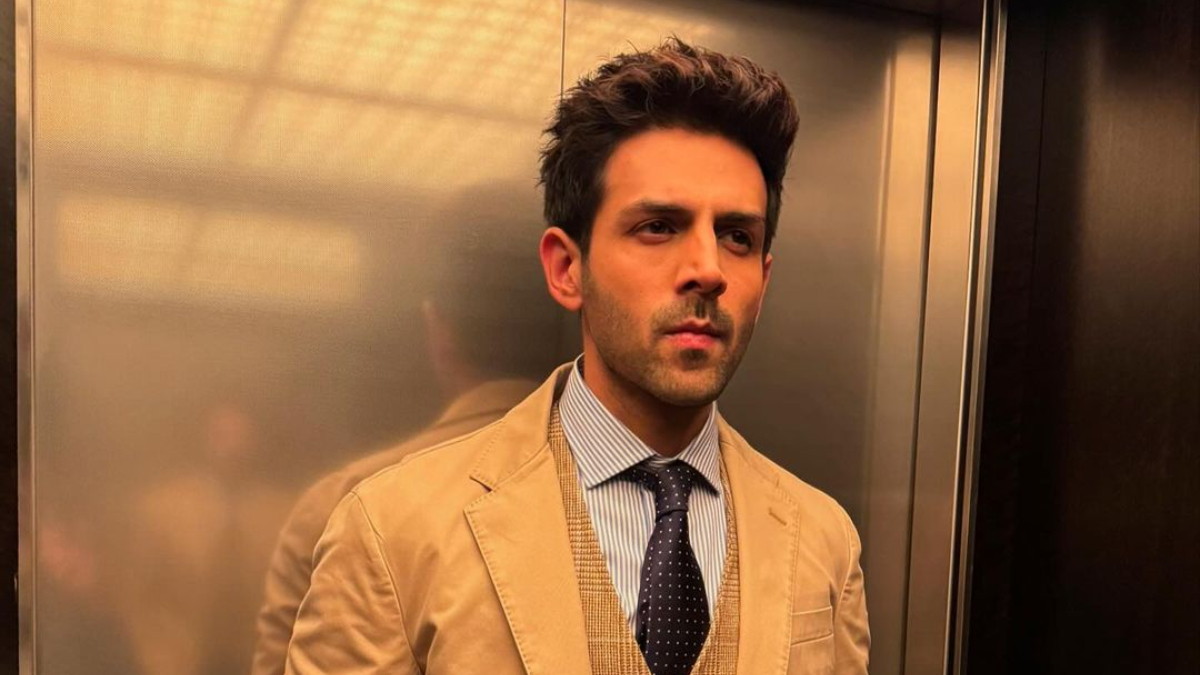Silverstone Racecourse in England is well known for its rainfall and the world’s fastest drivers, but for the first time the track will be the site of a car race between humans and artificial intelligence.
Michelob ULTRA Lap of Legends, which premieres Tuesday at 10 p.m. EST in the U.S., is the “first-ever real-versus-virtual race” between current Williams Racing driver Logan Sargeant and AI-generated avatars and cars of six former champion drivers world Williams: Mario Andretti, Nigel Mansell, Alain Prost, Damon Hill, Jacques Villeneuve and Jenson Button.
“As we worked with our partners at Williams Racing to explore how we could elevate the partnership, we were captivated by the opportunity to apply technology to bring the luxurious history of the team’s legendary drivers back to the track to compete with the team’s current driver, Logan Sargeant. ” said Ricardo Marques, vice president of marketing at Michelob ULTRA, in an email interview with Quartz. He added that the idea for the race was inspired by the company’s previous ideas mark campaigns combining technology with its main sports partners.
Sargeant, who is racing in Formula 1 for a second year and is the only U.S. driver, was chosen to compete in Lap of Legends because “we thought it would be the perfect opportunity for him to learn directly from his heroes and remind him to enjoy driving to be successful on the track,” said Marques (and it would be useful for him – Sargeant and Williams are bottom of the driver and team rankings so far this season). Sargeant’s current teammate Alex Albon will serve as Sargeant’s “race engineer”, offering him guidance and support throughout the virtual event.
What does artificial intelligence have to do with this?
The development of the AI technology used in the race began a year ago in the Michelob ULTRA innovation laboratory. Each AI-generated driver and car has been created to perform exactly like the real driver and car they represent, based on over 1,000 hours of racing footage. However, none of the previous cars from 1978-2009 compare to Sargeant’s contemporary Formula 1 car, which has benefited from years of technological and engineering advances. Therefore, some aspects of the real and virtual cars were adjusted to make the race competitive. For example, the drag reduction system (DRS), a flap on the rear wing of a Formula One car that the driver can open to accelerate, was disabled on Sargeant’s car, and cars of the past were fitted with contemporary tire compounds.
To see the virtual drivers and cars accompanying him on the track, Sargeant donned a one-of-a-kind racing helmet equipped with an augmented reality visor, designed by Adam Smith, the company’s chief technology officer The Mill, the production company behind Lap of Legends. The helmet also contained a racing GPS module that shared data from the helmet with the Innovation Lab system, so his car’s location could be tracked down to the centimeter at all times. GPS also allowed Sargeant and the virtual drivers to know each other’s positions and react to everything on the track, since the AI-generated drivers were not pre-programmed to drive the best possible race course.
“This helmet is really a window into the virtual world,” Smith said in a Lap of Legends preview shared with Quartz.
The AI-generated drivers were tested on a racing simulator developed specifically for the Lap of Legends race.
“You wanted to go back in time and create models of cars from 20, 30, 40 years ago, you wanted to apply artificial intelligence to really recreate all the other drivers on the grid so we could practice racing,” Andrew Newton, simulator team leader at Williams, said in the announcement.
What does this mean for the future of Formula 1?
Nigel Mansell, the 1992 Formula One world champion, was included in Lap of Legends as a virtual driver and said he was “amazed” when he first saw his version of artificial intelligence.
“It’s something completely modern,” Mansell said of the virtual race in an interview with Quartz. “I mean, putting five or six world champions together in one place is very hazardous anyway.”
Mansell, who said the sight of Sargeant racing against himself and other former world champions was “incredibly special,” added that he and other former drivers who witnessed the race in person “were all like, ‘Well, how’s it going?’ work?'”
“I think everyone looked at this technology and thought, ‘This is phenomenal and incredibly groundbreaking,’” he said.
Artificial intelligence and other contemporary technologies “may be the single most crucial factor that can make all teams more competitive and closer to each other,” Mansell said, because the amount of information AI can provide teams about their cars and drivers, ” It will be simply extraordinary.”
But despite his enthusiasm for artificial intelligence in Formula One, Mansell said the sport and other industries need to be wary of how many people the technology could put out of work. He added that some teams are already using the technology to perform specific tasks.
“When used properly, AI can make the world a much safer and more invigorating place to enjoy life, which is very positive and fantastic,” Mansell said.







